On 22 July 1945 SS-417 Tigrone is assigned to patrol the Sulu Sea from our new base in Darwin Australia. On 28 July 1945, at 0428 hrs, we arrive at our patrol area, and proceeded SSW just West of Palawan Island.
At 1006 hrs we plot an intercept course for CA group headed SSW. 10 hours later we discover this was a false contact. 15 minutes later the Watch Officer, followed by the Radar Officer, report 4 sampans nearby. We intercept and all sampans were destroyed.
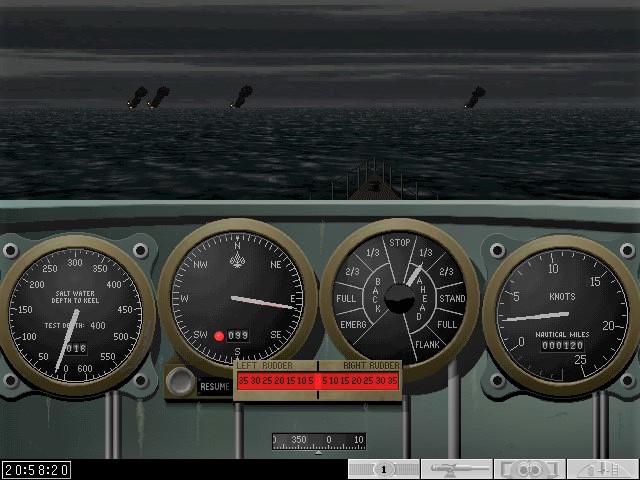
Less than an hour later we receive another CA contact report. Its headed SSW, again, and we plot another intercept course. This time we make radar contact at 2200 hrs.
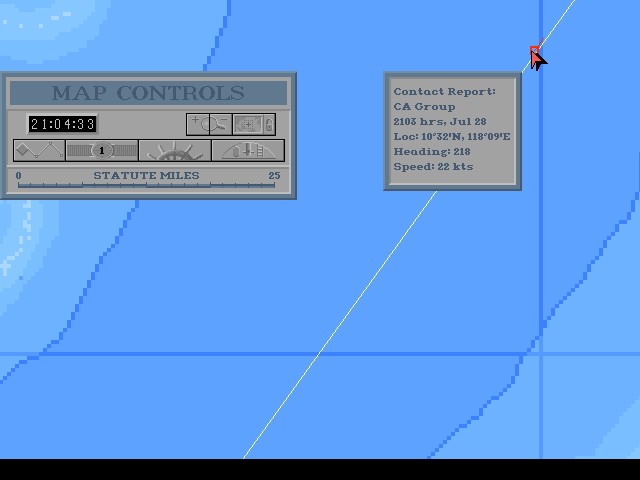
Contact zig-zags were timed and plotted. Course changed for best possible attack.
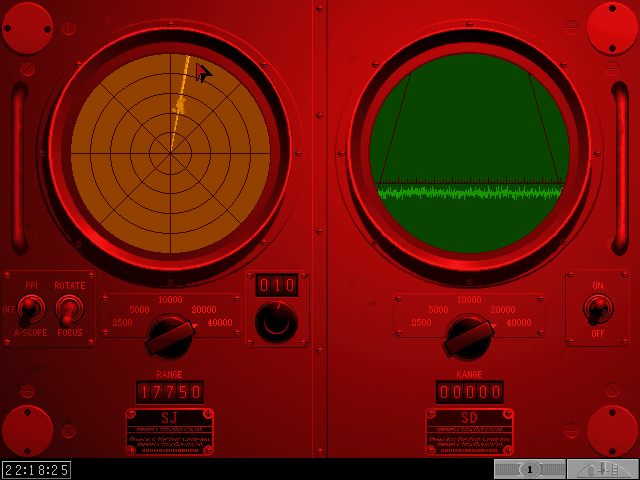
Visual sighting DD escort at 2239 hrs. We continue submerged at radar depth until 2247 hrs and fired 5 bow tubes at the lead heavy cruiser (CA). 4 bow torpedoes hit and sink CA (one was a dud)!
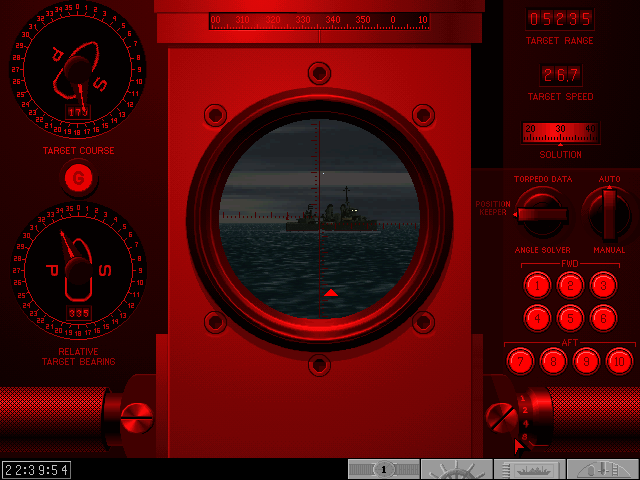
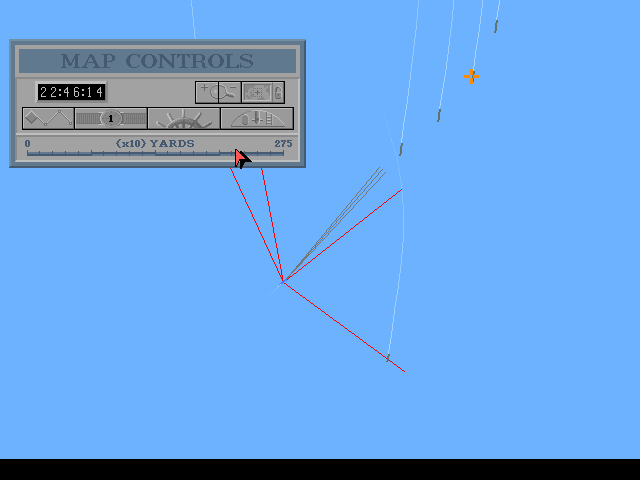
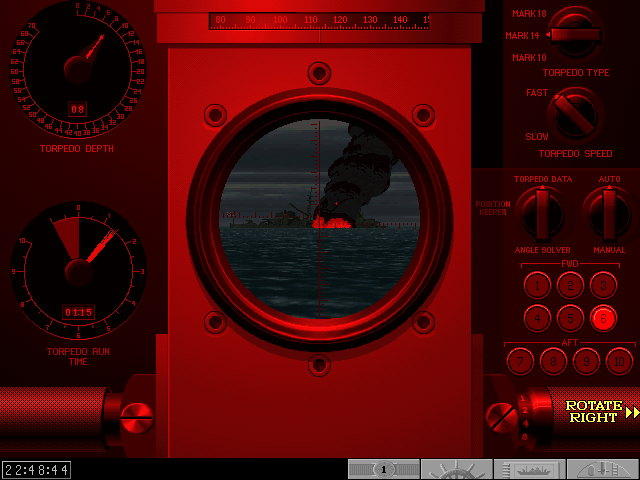
We turn hard to port and fired 4 stern tubes at the remaining cruisers. We then turned SW and dove to 520 ft to reload all tubes, hoping to make another attack. There were only a few close depth charges.
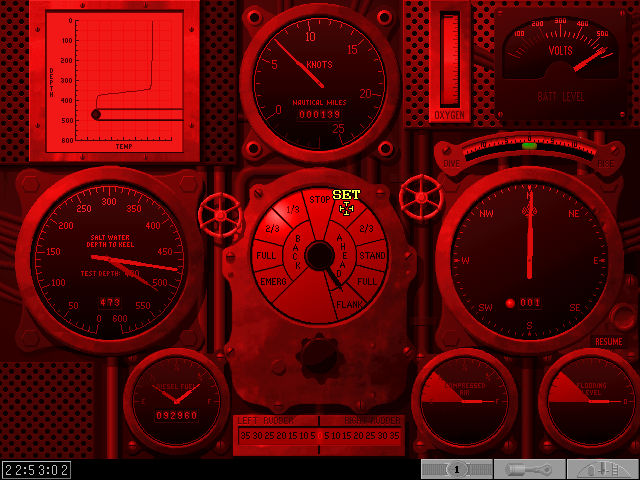
In hindsight, I made a poor choice and fired the stern tubes prematurely; missing the other cruisers, and hitting the already sinking CA.
Midnight passed and it was now 29 July 1945. I ordered a NNW course and periscope depth after rigging for silent running. 10 minutes later we were at periscope depth; followed by radar depth. A gibbous moon highlighted the destroyers (DD) circling the sinking CA, while 4 other cruisers were circling nearby for assistance(?). My first Officer and I plotted an end-around course roughly 3,500 yards away from the DDs, to make a 2nd attack on the remaining cruisers, alternating ahead 1/3 and ahead 2/3 speed to avoid detection and save the batteries. After hours of sneaking past the DDs, our batteries were just below 75%.
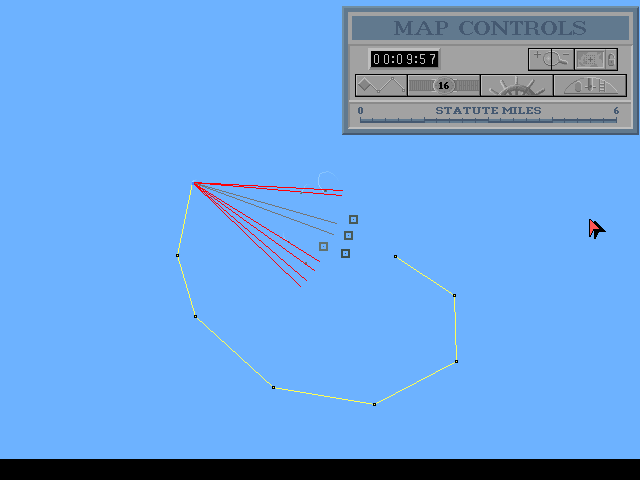
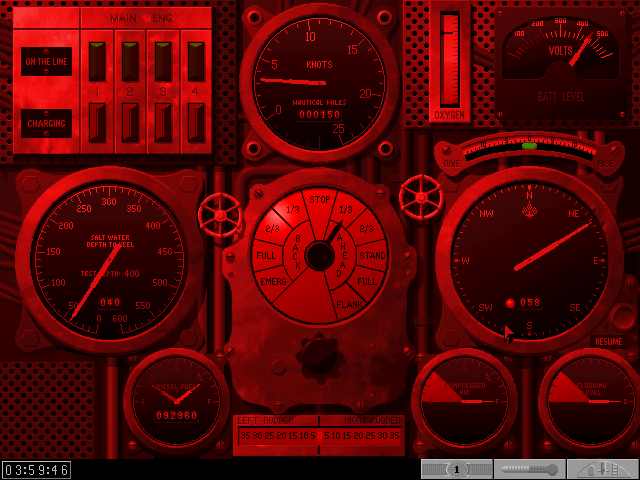
At 0440 hrs, and we were too close to dawn to wait any longer. I setup the 6 bow tubes at the center of the cruiser circle with a spread and fired. We then waited to see if DDs heard the torpedoes, but they did not. We turn South and fire the 4 stern tubes at the cruiser circle, as before.
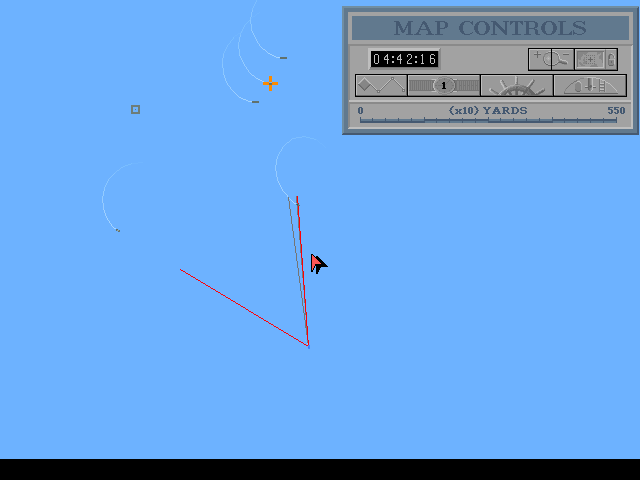

I order the bow tubes reloaded with extra crew for speed. 10 minutes after firing, the cruisers and DDs hear the missed torpedoes detonate, and the DDs head NE, where they believe we are hiding, while the cruisers turn SSW to escape; fortunately,they were steaming right at us!
At 0454 hrs we now have 2 bow tubes loaded. We continue moving NW to intercept a 2nd CA. Since the cruisers were moving at least 18 knots they closed quickly, and we fire the 2 loaded bow tubes. Both hit! I order hard to starboard and fire tubes 7 & 8- both hit again. This CA is crippled, but still sailing at 15 knots and slowing down.
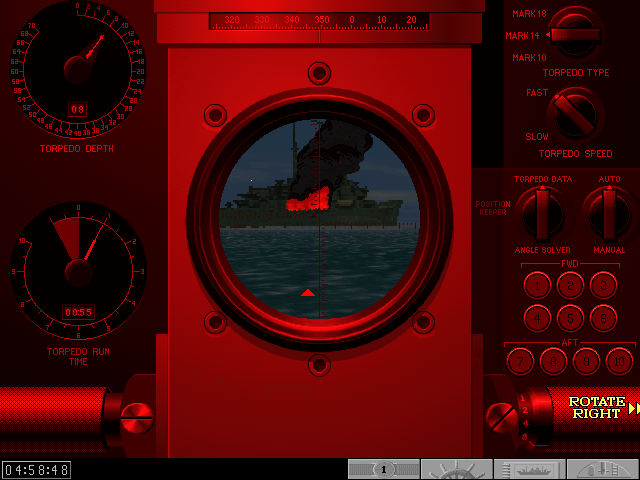
We turned our boat SSW; for a pursuit course, at standard, waiting on another bow torpedo to get reloaded. We did this, while carefully watching our battery levels.

As soon as the 3rd bow tube was reloaded, we fired at ~2,300 yards. The TDC rated our shot at 80% accurate, but we didn't have enough battery to close the range, and still evade the DD counter-attacks.

A minute later the 4th torpedo hits the CA, and it's sinking at its bow.
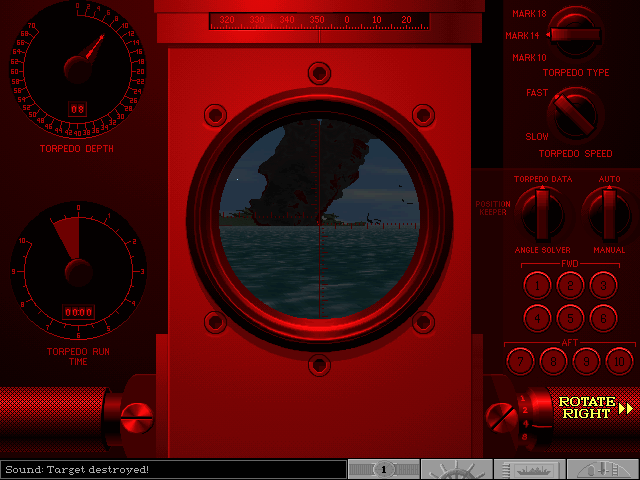
I order course of 230, while diving below the thermal layer to 520ft to escape. Thankfully, we were not detected, as the DDs were about 5,000 yards NW of us during the 2nd CA attack, and we continued at 520 ft until surfacing at 0700 hrs. I then congratulated the crew for their many hard hours at battle stations, and told them "we sank 2 heavy cruisers. They can't afford to lose any more cruisers at this point of the war. Good work men''!!
We continued SSW for the rest of the day; no contact reports, or radar contacts. The crew needed this break.
Early the next morning, 30 July 1945, we plotted an intercept for a CV contact report. We only had 4 bow torpedoes, but I thought it was worth a try, and my crew were the best I could have hoped for.
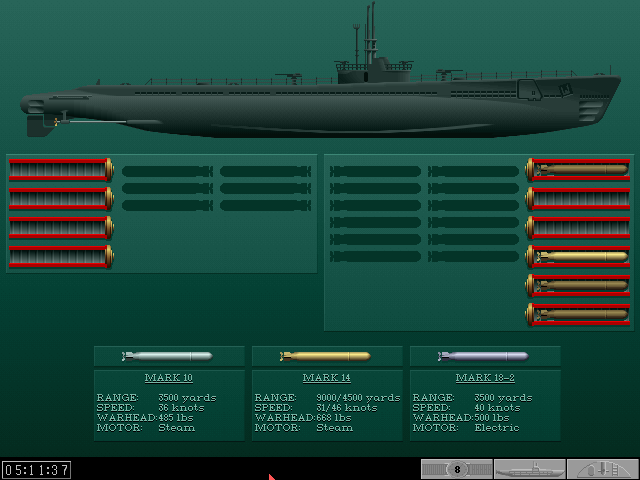

The Radar Officer called out a contact at 0205 hrs. We began timing the CV zig-zags. At 0233 hrs the radar distance was ~7,000 yards, so we began an intercept course based on zig-zag timings.
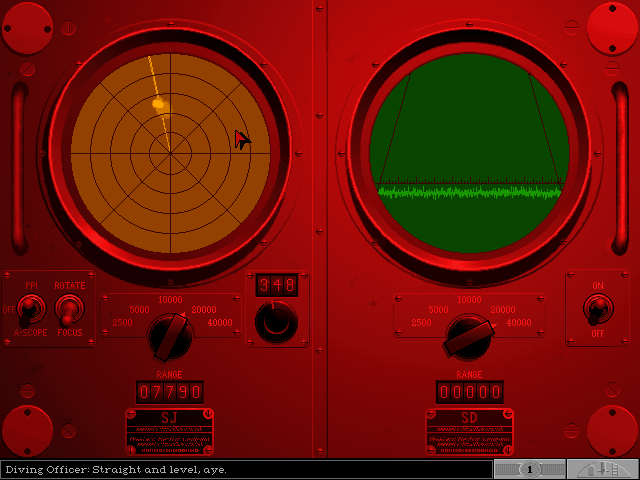
Destroyers sighted shortly after our first course changes. Less than 10 minutes later I ordered radar depth, and ahead 1/3 to avoid visual and sonar detection. At 0240 hrs the Watch Officer called out "CV sighted 8,000yds, headed East, beginning zig to NNW".

We went ahead full to gain attack position, while trying to identify the CV. 2 minutes later while watching the target's course changes, we ID the IJN Unryu with a 25 ft draft.

I order torpedo depths set conservatively, at 14 ft, for the 4 remaining MK-14 torpedoes, as they still occasionally run deep. As the escorts closed to ~4,300 yards, I order ahead standard & periscope depth. The Unryu (CV) is ~ 6000 yards and closing to the NNW.
Not leaving the attack scope, I call out the CV turning N at us, and then beginning a shallow turn to 350; still closing fast. Only 5 minutes from the original sighting, the Unryu is now at 22 knots, 4,100 yards, and closing. I order ahead 2/3 to reduce our chances of being detected by the escorts. We can see lights from the CV's bridge! Within 90 seconds, the Unryu is 2700 yards out & turns due N, I order full left rudder to keep our intercept course.
30 seconds later, the CV turns to 355, and is 2,200 yards away, and still closing. I order rudder amidships, and order "rig for silent running!" as the escorts, though at high speed, are less than 2,000yds away from us. I keep the TDC continuously updated by my 1st Officer. Maybe 45 second later, the CV is headed right at us, 1,700 yards away, and closing. We are going to be very close to being rammed if I call the wrong course change after firing, and I feel my heart pounding in my chest. The entire crew now hears the engines of the Unryu as she is still coming at us, and now only 960 yards away. We fire all 4 bow tubes at 950 yards, as I order "hard to port!", then seeing the Unryu swerve East, shout "belay that, hard to starboard, ahead flank"! We are so close we hear each torpedo hit. The detonations are almost painful. 3 hits, and one dud torpedo!
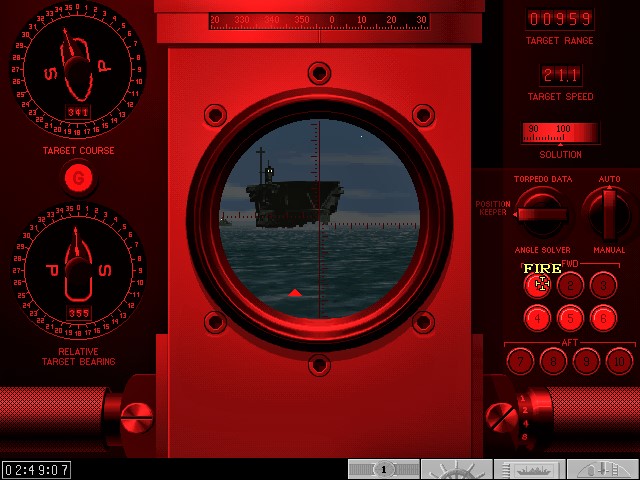
While I scan for possible collisions and charging escorts, we all hear the Unryu heave. It is engulfed in flames as we may have hit the aviation fuel stowage. After one more quick scan to confirm its destruction I order, "crash dive!", and a course change to 117, just passing below and slightly forward of the Unryu's bow, in order to evade detection.
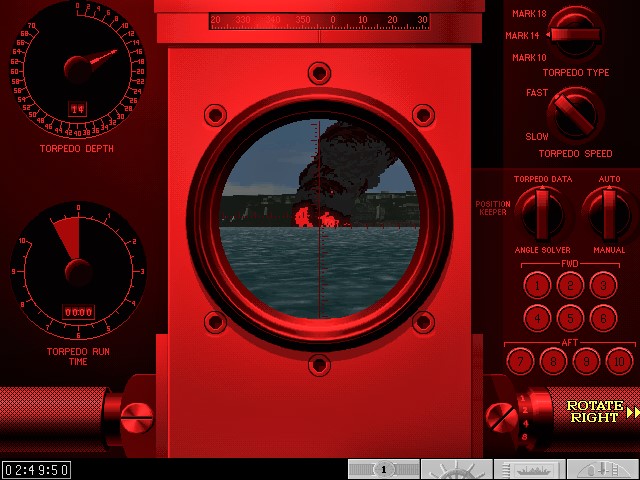
Honestly, I was lucky we didn't collide with the sinking ship. The course I chose was for deeper water as our intercept course led us to a shallow coastal shelf, and we needed deep water to escape all the angry escorts that were searching for the boat that sank one of their last aircaft carriers.
2-minutes after we sank the Unryu, a depth charge attack began, just as we pass 240 ft in our crash dive. It was a little close, but we didn't take any damage. The officer on the bathythermograph finds a thermal layer at 250 ft and we cautiously continue diving.
It's almost 5-minutes since our attack, and we slow to ahead 2/3, while passing 300ft. It seems the escorts cannot hear us, as the second depth charge attack is well behind us. But we will see. There are more depth charges, still well behind us, while passing 450 ft. I order a course change to 090. The crew appears OK, as it seems we have eluded the escorts. We continue at 450ft, roughly 200ft below thermal layer, with minor course changes to SE to reduce our sonar profile.
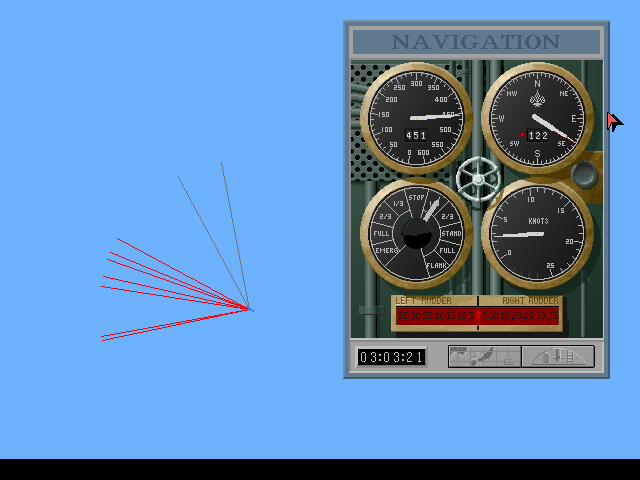
All depth charge attacks are still well behind us. I order ahead 2/3 to increase our distance.
It's been an hour since our attack. The sonar pings are gone. I decide to maintain course & depth. After cruising peacefully for another 40 minutes I order ahead 1/3, periscope, and then radar depth.
It's almost sunrise, and there is nothing I can see in the periscope. The Radar Officer reports contacts well behind us; ~24,000 yards. The sun will rise soon, so I order, "Surface! All ahead flank!", and we speed away from the area, barely under the cover of darkness. 20 minutes later, all the radar contacts are gone, and we set a course for home.
We arrive at Darwin Australia, 15 August 1945. The crew and I receive commendations for this patrol- certainly Japan cannot afford to lose any more warships and keep fighting.
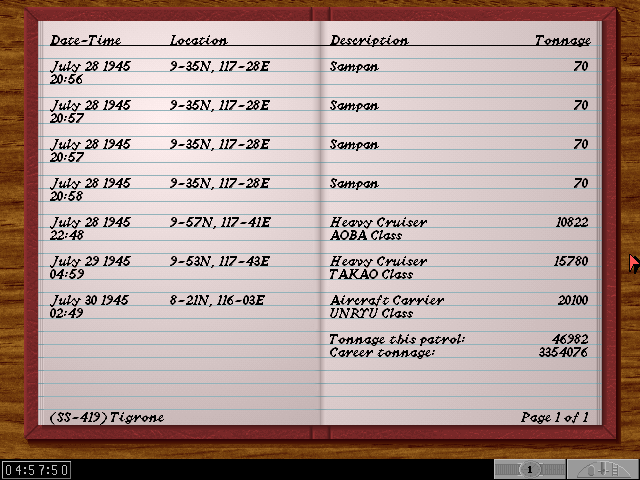
While on our well-needed shore leave, we hear on the radio that Japan has surrendered.
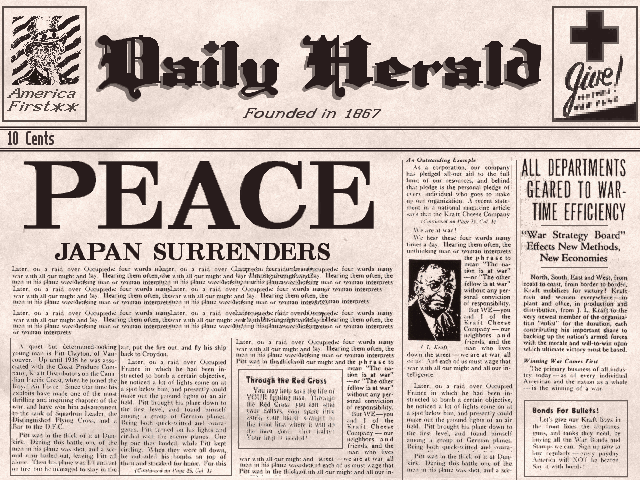
My crew and I are ordered to report to the San Francisco naval yard at once. We have survived the war.
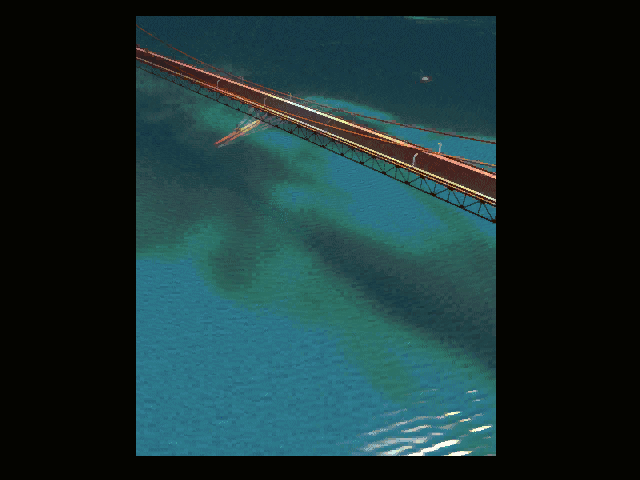
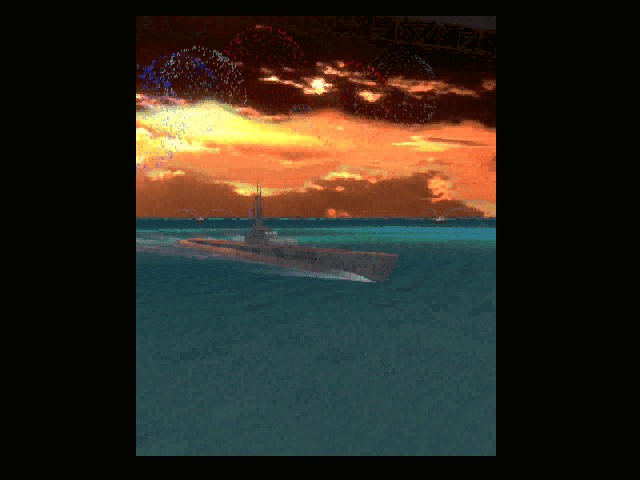
YouTube links below.
Part 1:
Part 2: